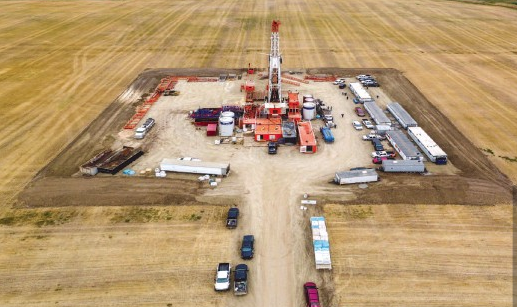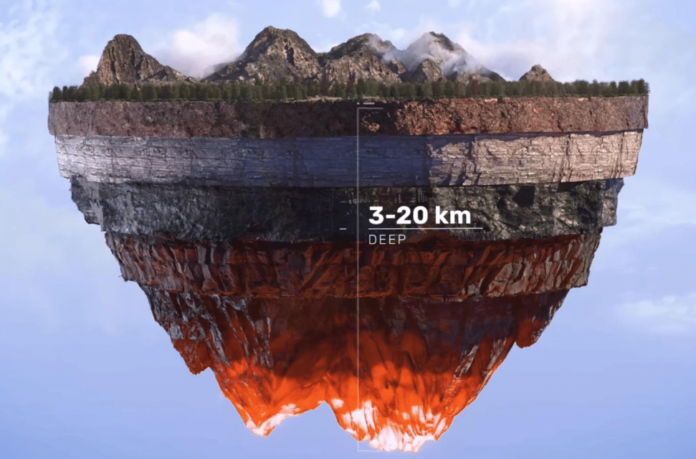Last Thursday I joined a Zoom call introducing a report that provides a pathway for Canada to replace existing energy produced from fossil fuels, and eventually nuclear with 100% clean, renewable electricity. The presenters, Tom Green and Stephen Thomas described how through modelling they came up with a decarbonizing strategy that would be a climate change win, an environmental win, and a creator of new jobs. How? By expanding wind and solar energy right across the country backed up by energy storage systems of various types. A second report issued the previous day described a strategy for decarbonizing and decolonizing power by following six principles to ensure indigenous rights and community benefits.
There were well over one hundred in attendance on the call and the chat and Q&A were lively. As Green and Thomas took turns talking about the published report it became obvious that some renewable energy solutions had been left off the table. For example, off-grid rooftop solar wasn’t part of the calculation. Nor were passive geothermal standalone systems in buildings and homes. Nuclear got trashed without looking at the progress being made with fusion reactors by companies like General Fusion in British Columbia with its unique reactor design that will be demonstrated in the UK near Oxford in 2025.
Grid modernization and expansion were talked about because electricity would have to replace natural gas as the primary way to heat Canadian homes and buildings each winter. But distributed decentralized electrical systems didn’t seem to make the cut even though several cities are implementing these strategies. There was little about retrofitting and rehabbing homes and buildings to decrease energy demand by making these legacy structures more efficient.
So, I was somewhat disappointed by the points Green and Thomas highlighted, and equally disappointed that my questions in the chat and Q&A were left unanswered.
When asked how many solar farms and wind turbines would Canada need to achieve the zero-carbon renewable target by 2035, the answer was a capacity increase more than 1,000 times greater than what is currently installed or planned for the country. This would mean vast areas of the surface devoted to solar and wind power generation.
Leaving geothermal out of this renewable energy mix seemed to me to be a significant oversight in the Foundation’s plan. And here are five reasons why I say this.
- The drilling technology with modifications and the skills of the workforce from within the oil patch can be used to build a Canadian geothermal energy infrastructure covering the entire country.
- Most of what lies below the surface in Canada can be exploited to produce geothermal energy.
- Geothermal energy is not subject to intermittency and can provide baseload power to the grid even if the sun doesn’t shine, or the wind doesn’t blow.
- Geothermal doesn’t need battery backup or any other forms of energy storage.
- Geothermal power plants have a small footprint when compared to solar and wind farms.
So why overlook geothermal? As Green and Thomas explained, where there are already solar and wind farms, there isn’t a lot of geothermal going on in Canada at present. But what about the rest of the world? There certainly are numerous countries and sites already producing geothermal energy, and projects under construction elsewhere taking advantage of this renewable energy resource.
Back in 2017, my wife and I visited Rincon de la Vieja, a large active volcano in Costa Rica. Perched on the side of the mountain, it was one of five geothermal power plants producing a sizable chunk of electricity for the country. Costa Rica was exploiting the natural heat from some of its volcanoes to generate electricity. In other parts of the world where natural sources aren’t present, technologies like plume geothermal systems can be used to mimic what nature provides. The liquid used doesn’t have to be water. Captured liquefied carbon dioxide, for example, is being used in some of these geothermal power plants.
But neither volcanoes nor plume geothermal can hold a candle to the next evolution in the field called ultradeep power. The May 28, 2022 edition of The Globe and Mail includes an article written by Thomas Homer-Dixon and Ian Graham, of the Cascade Institute at Royal Roads University, and Ellen Quigley, at the Centre for the Study of Existential Risk at the University of Cambridge, describing the enormous potential of ultradeep power.
Ultradeep is not like other geothermal energy projects. Where plume geothermal taps into hot wet sedimentary formations, ultradeep taps igneous and metamorphic hot and dry rocks. The capacity of the former type of geothermal power is limited by the number of identified hydrothermal reservoirs underground. But ultradeep is virtually unlimited in finding suitable candidates to generate power.
Ultradeep involves drilling 10 or more kilometres (6 plus miles) into the Earth. The natural heat from these deep rocks is abundant in every part of Canada. The technology would inject fluid into the drilled wells with the heat converting it to steam.

Where fracking operations have caused seismic activity, ultradeep drilling would tap rock formations with no fault lines.
So what’s holding this technology back? Current drilling technology is insufficient for tapping ultradeep geothermal capacity. Deep hard-rock sources will require new technologies in development to replace the traditional drill heads used by the oil and gas industry. Among the technologies being tested are percussive, waterjet, plasma, microwave and directed-energy drilling.
I should note that the David Suzuki Foundation in its zero-carbon plan is not alone in having ignored geothermal’s power potential. The federal government of Canada in its latest net-zero carbon emissions strategy released at the end of March this year overlooked geothermal energy as well despite an existing project (see image above) under construction.









